13 video game secrets that were almost never found
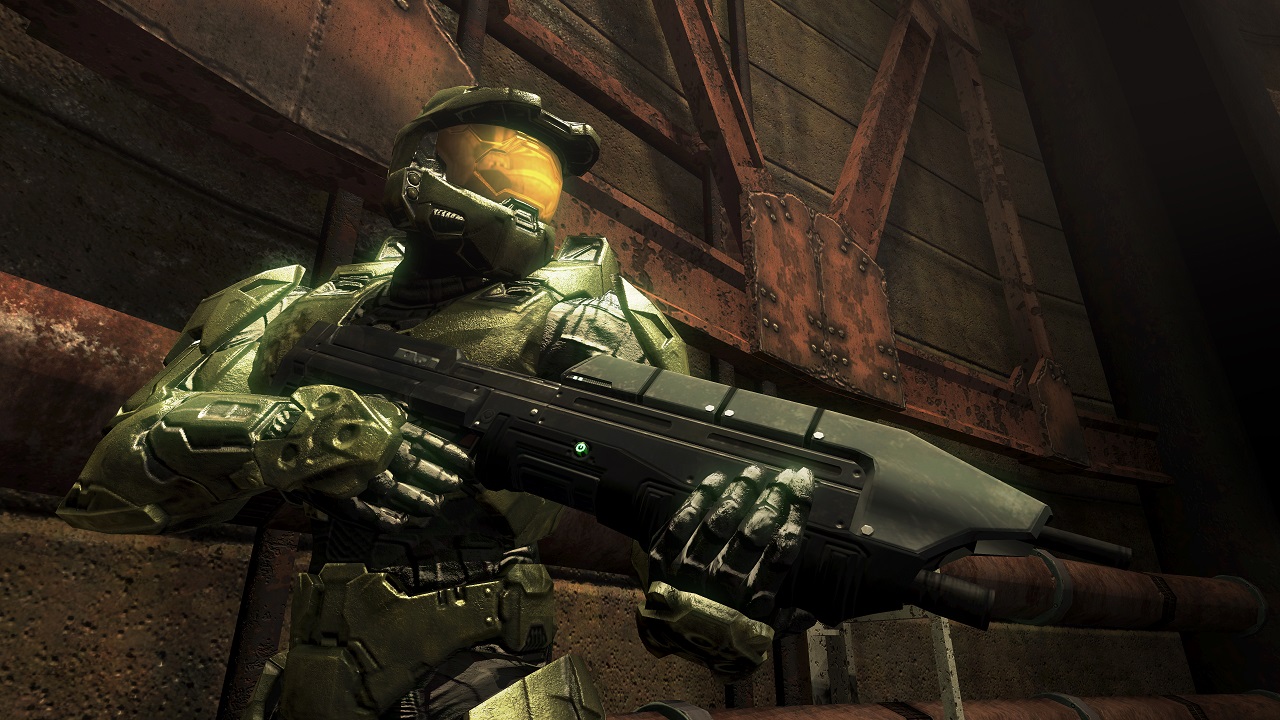
Everyone loves a good video game secret. Developers love to hide them in places players would never think to look, and players love exploring every nook and cranny of their favorite games hunting them down. But this being the age of the internet, streaming, and constant dissection and discussion, most secrets are uncovered within days. Take P.T.: Hideo Kojima had wanted P.T.'s status as a disguised trailer for a new Silent Hill game to lay dormant for at least a year - intrepid Twitch streamers discovered it within 48 hours.
So when a secret lays hidden for years, if not decades, the impact of the discovery feels so much stronger than simply Googling for cheat codes. Sometimes these Easter eggs are found by hackers obsessing over lines of video game code, others are discovered purely by accident, and still others were spilled by developers who simply couldn't keep a secret any longer. Whatever the case, these secrets, codes, or glitches are a reminder that nothing stays hidden forever - sometimes it just takes fifteen years to find everything a game has to offer.
Final Fantasy 9's Nero Family sidequest
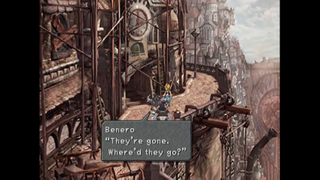
In Japan, there are a series of strategy guides called Ultimania. If you're not familiar with them, they're some of the most exhaustive video game guides in the world, with rundowns of every quest and item, interviews with developers, and more. Naturally, Final Fantasy 9 got the Ultimania treatment in Japan. In America, we got… well, probably one of the worst strategy guides ever designed. Written by BradyGames, the "guide" was essentially a paid advertisement for Square's PlayOnline service, forcing you to enter keywords on a website for tips on how to do basically anything in the game.
Because the BradyGames guide is one of the most worthless things ever printed on paper, the Nero Family sidequest effectively went undiscovered in the West for over a decade. It wasn't until some GameFAQs posters noticed an incredibly convoluted quest in Ultimania that was never mentioned in the North American guide, and tested it out for themselves. Solving the quest is a lengthy, laborious process, requiring players to go to the Tantalus hideout on disc 4 to meet with members of the Nero family, complete an event or boss fight, head back to meet another member, then repeating the process several more times. Completing the quest will net you a Protect Ring - not a huge reward, but hey, sometimes going on a previously undiscovered journey is more valuable than the destination.
Play as Master Hand in Super Smash Bros. Melee
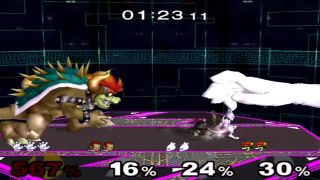
Super Smash Bros. Melee released in 2001 as a launch window title for the Nintendo GameCube, and it wasn't until 2008 that someone discovered a mind-blowing secret - there was a way to actually play as Smash Bros.' imposing final boss, Master Hand. Of course, the reason why it took so long to figure out and replicate is because activating the trick requires a very specific and totally unnatural set of controller commands to be input very precisely. If you've done it right, you'll have pulled off what's known as the Name Entry glitch.
First, you need to plug a controller into port three of your GameCube. Then, you point your cursor over the name field on the character select screen and hold A and B. Release A while holding B, scroll down to the Name Entry field, and press A again while still holding B down. It'll probably take more than a few tries, but if done properly, you'll be able to play as Master Hand, complete with all of his powerful laser and grappling moves. Unfortunately, other players won't actually be able to defeat you because Master Hand was never meant to be a playable character, and you run the risk of causing your game to freeze, but none of that matters when you're flying around the screen as a giant glove.
Halo 3's hidden birthday message
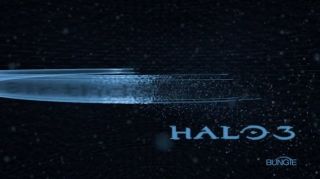
Bungie loves packing its games to the rafters with secrets and Easter eggs, and the studio isn't afraid to get real weird with how it hides them. Case in point: one of Halo 3's longest buried secrets was hidden right in front of players' noses, and wasn't found until 2014 - seven years after Halo 3's release. The secret? A birthday message from a developer to his wife.
Sign up to the GamesRadar+ Newsletter
Weekly digests, tales from the communities you love, and more
The only way to find this secret is to boot up a copy of Halo 3 on December 25, head to the title screen, and hold down both thumbsticks. The main menu should dissolve and a large, translucent Halo ring will start to form in its place. If you look closely on the edge of the ring, you'll see the words "Happy Birthday, Lauren!" appear in dark, blocky letters. While this appears to be the last secret hiding in Halo 3's depths, there's no real way of knowing - Bungie is intentionally keeping mum, preferring to leave any other potential mysteries lingering as a question mark on one of the most beloved first-person shooters ever made.
Mortal Kombat's hidden diagnostic menus

The Mortal Kombat games were full of hidden characters, special fatalities, and so many other secrets that describing how to pull some of them off makes all those other weird video game urban legend cheats seem plausible. Like the one in MK2 that requires you to press down and start the moment a digitized image of the game's sound designer appears and shouts "Toasty!" so you can fight a hidden character named Smoke - these games were filled with stuff like that.
One particular cheat remained so hidden that it took over twenty years to uncover, only being found after some adept hackers pored over the arcade cabinet code. They found that if you press the player one and two block buttons in a specific order on Mortal Kombat 1-3's arcade cabinets (the order is different for each game), you'll unlock a special diagnostic menu. Dubbed the EJB Menu after series creator Ed J. Boon, these screens allow players to instantly access every fighter's ending, turn on free play, display the word 'Hello' on the screen, and more.
Metroid's "Everything" password (NARPASSWORD)

Veterans of the original Metroid on NES remember the struggle to collect everything in the game and finish it in enough time to see the best ending. Countless hours were logged by thousands of players, but all of that could have been avoided knowing what we know now: all this time there's been a password that unlocks everything in the game right from the start.
Because of the fail-safe built into Metroids password system, it was near-impossible to know that NARPAS SWORD0 000000 000000 would be the savior to many Metroid fans desperate to see the final credits. Thanks to this wonderful thing we call the Internet, the beauty of NARPAS SWORD or NAR PASSWORD or however you interpret it can be shared among the masses, making one of the most difficult NES games ever made a little more manageable.
LMD in Donkey Kong for Atari
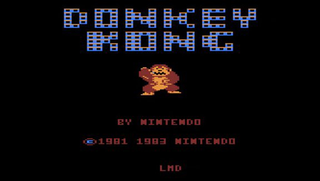
Perhaps the most well hidden Easter Egg appearing on this list, I'm not sure anyone would have even noticed the three letters that could appear on Donkey Kong's title screen even if they met the parameters accidentally. Of course those parameters are ridiculous anyhow: set a specific high score, die by falling, set the difficulty to 4 back at the title screen, and let the intro loop play.
What was so secret that such a complex method of discovery was needed? What could possibly need to be hidden for 26 years before someone finally found it, and only then after the developer tipped us off to its existence in a blog post? The developer's initials, LMD, which will appear at the bottom of the title screen. That's it. I don't mind the initials; if I had the chance to hide my initials in a game I'd totally do it, but the work it takes to see them is just crazy. No wonder it took 26 years.
Goldeneye 64's Line Mode

For years Nintendo swore that the only cheats available in Goldeneye were those we had to unlock through playing the game. There were no button sequences to be found, Nintendo maintained, and any attempts to figure some out would be futile; that is, until players actually did find button sequences that unlocked a ton of cheats, including some not available via the normal unlocking method.
One of those cheats, line mode, is the only non-unlockable mode in the entire game and turns the entire game into the music video for Take On Me by A-Ha. It's a nifty little mode that doesnt really add anything to the experience (except 80s flashbacks), but the fact that it exists at all after Nintendo's insistence is amazing in itself.
Wesker's Desk in Resident Evil 2
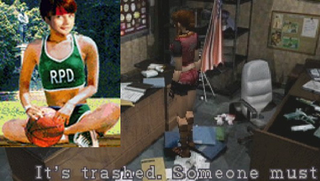
Who's going to check the same location 50 times after the first time tells you there's nothing useful there? Apparently someone somewhere did while playing Resident Evil 2, and thats how the discovery of Film D was made. What's on the film that took 50 searches to dig out of Wesker's desk? A photo of Rebecca Chambers after a pick-up game of basketball. What a treat.
We know that this hidden gem was officially revealed in a book called Research on BioHazard 2 Final Edition in Japan the same year RE2 launched, but we'd bet that North American players had no idea this existed until years had passed. If it weren't for that book, I STILL don't think we'd have found it today, almost 20 years after the game released.
Chris Houlihan room in Link to the Past
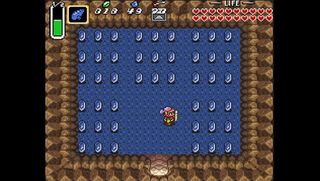
In case you're unfamiliar, the Chris Houlihan room is a hidden area in Zelda: A Link to the Past named after a 1990 Nintendo Power contest winner. It's basically a fail-safe that the game sends you to if the game is going to crash, but what seems like an inconsequential addition was once one of the Zelda franchise's biggest mysteries.
Because the game launched back in the days before the Internet, no one even knew the room existed. The World Wide Web is what brought this place to light, only becoming widely known twelve years after the game initially launched in 1992. Anyone who stumbled upon it before that probably thought the game was haunted by someone named Chris and tried to perform an exorcism on the cartridge; or was that just me?
Wave Race Blue Storm's jerkface announcer
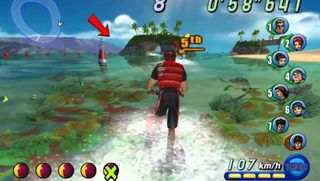
Wave Race: Blue Storm for the GameCube hides a comical Easter egg where the announcer turns into a half-interested, overly-sarcastic jerk. Things you'll hear him say include "you have chosen poorly" at the character select, "if you were any good, you'd get a turbo by hitting the gas when the light turns green at the start of a race", and "you don't have an inferiority complex; you're just inferior" when he REALLY wants to be a jerk.
The game initially launched in 2001, but it took nine years and an intrepid NeoGAF forum member to discover this antagonistic announcer because of how well hidden he is. First, you have to change a display on the Audio Options menu to vertical fog, then put in a long code of button presses, THEN go back and start a race. Surprising as it may be, I totally understand how this guy could have stayed in the shadows: who would think that rising fog would lead to this jerk?
Deus Ex: Invisible War's Flag-Flushing Disco

Deus Ex: Invisible War admittedly does not live up to the quality of the original game, but this Easter Egg is too good to pass up. In the final level, pick up a flag and take it to a toilet in the bathroom, then flush said toilet. You'll suddenly be warped to a rip-roarin' party at Club Vox with all of the major characters in the game getting down with their bad selves. For a game as serious as Deus Ex, this is quite the surprise.
This is another Easter Egg I'm surprised we ever found, because getting to the disco dance party takes some really weird steps. I'd bet that most people didn't look at those flags in that bunker and think to themselves "You know what? I'm going to move that to the bathroom. That'll show that dastardly UNATCO!" Whoever first discovered this, we're glad you did: everyone should be invited to this party.
Marathon Infinity's Hangar 96
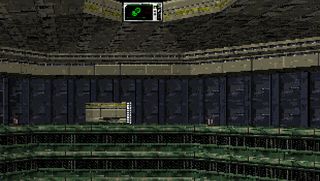
The Marathon games on the PC and Macintosh are a great example of how Bungie got its start in making great shooters. While the games certainly laid the groundwork for the smash hit Halo series, they also showcased just how well Bungie could keep secrets within its games: they hid an entire multiplayer level within the game, where only the most tech-savvy players could find it.
With a lot of digging, someone finally figured out the key to unlocking the level: finding it centers around combining hexadecimal terms seen on terminals in-game, then turning the combined hex term into readable code and reintroducing it into the game's files. I have no idea who would even think to try that, as some players (like me) just know how to hit the start button, but the idea of hiding a full map in a game's code is astounding.
Splinter Cell: Double Agent's Seal Rescue
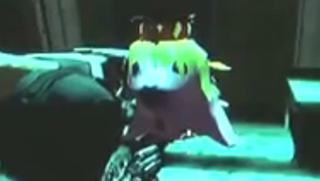
Throughout the original Xbox version of Splinter Cell: Double Agent's co-op stages, there are a series of hidden side missions where you and a friend must rescue five seals from imprisonment. That doesn't sound like anything too out of the ordinary, except I'm not talking about Navy SEALS; I'm talking about the ocean-dwelling, balance-balls-on-their-noses animals that clap their fins and make honking noises.
Four years after Double Agent's release, two of the game's developers posted a video revealing the hidden co-op side mission, where a team must find and rescue five baby seals using a variety of seemingly inconsequential items. (Here's a video showing it off.) Without the reveal, these seals might have stayed hidden forever, but I'm glad that we could bring peace to the seal people of Splinter Cell.
GamesRadar+ was first founded in 1999, and since then has been dedicated to delivering video game-related news, reviews, previews, features, and more. Since late 2014, the website has been the online home of Total Film, SFX, Edge, and PLAY magazines, with comics site Newsarama joining the fold in 2020. Our aim as the global GamesRadar Staff team is to take you closer to the games, movies, TV shows, and comics that you love. We want to upgrade your downtime, and help you make the most of your time, money, and skills. We always aim to entertain, inform, and inspire through our mix of content - which includes news, reviews, features, tips, buying guides, and videos.

30 years later, Fallout creator Tim Cain is searching for a legendary D&D player who cheesed an entire competitive dungeon with a lightning-fast Monk build

As Dragon Age: The Veilguard director leaves and studio closure rumors surface, Mass Effect 5 director appears to hint the RPG is just fine: "Every week is a good week at work for me"